Lavender Problem
willows88
10 years ago
Featured Answer
Sort by:Oldest
Comments (16)
willows88
10 years agowillows88
10 years agoRelated Professionals
Salisbury Landscape Architects & Landscape Designers · Edmond Landscape Contractors · Wilmington Landscape Contractors · Chelmsford Landscape Contractors · Cliffside Park Landscape Contractors · Conroe Landscape Contractors · Fort Myers Landscape Contractors · New Cassel Landscape Contractors · Salmon Creek Landscape Contractors · South Hackensack Landscape Contractors · West Orange Landscape Contractors · White Bear Lake Landscape Contractors · Shenandoah Landscape Contractors · Raytown Landscape Contractors · Liberty Township Interior Designers & Decoratorsjean001a
10 years agowillows88
10 years agosummersunlight
10 years agotapla (mid-Michigan, USDA z5b-6a)
10 years agoUser
10 years agotapla (mid-Michigan, USDA z5b-6a)
10 years agowillows88
10 years agotapla (mid-Michigan, USDA z5b-6a)
10 years agoflowerpottipper
10 years agosilkworm tran
7 years agotapla (mid-Michigan, USDA z5b-6a)
7 years agolast modified: 7 years agoGreenLarry
7 years agosilkworm tran
7 years ago
Related Stories

GARDENING GUIDESSolve 3 Common Landscape Problems — With More Plants
Sometimes the best defense is a good offense
Full Story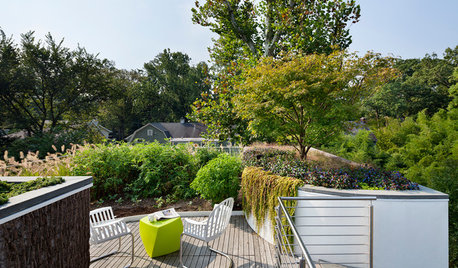
LANDSCAPE DESIGNProblem Solving With the Pros: Sustainable Landscape Captures Runoff
An underground cistern, permeable paving and a rain garden are part of this Washington, D.C. yard's thoughtful design
Full Story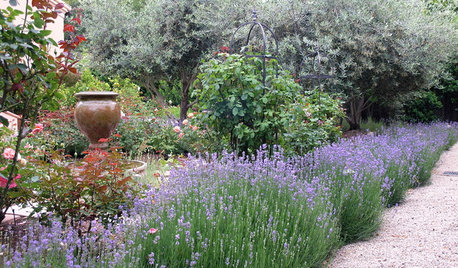
FLOWERSHerb Garden Essentials: Grow Your Own Fragrant Lavender
This do-it-all plant is ideal for almost any garden, and its uses are abundant around the home
Full Story
GARDENING GUIDESRegal Lavender Rules Gardens Coast to Coast
Learn how to grow this fragrant, beautiful herb and show off its full beauty in the landscape
Full Story
PRODUCT PICKSGuest Picks: What’s Purple All Over?
With kitchen appliances, pillows, chairs and more in shades of lavender to plum, your home can be as purple as you please
Full Story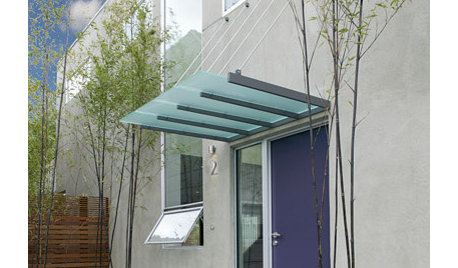
COLORFront and Center Color: When to Paint Your Door Purple
From grapelicious to lavender, a front door cloaked in the color of royalty might just reign supreme in the neighborhood
Full Story
GARDENING GUIDESGreat Garden Combo: 3 Wonderful Plants for a Deer-Resistant Screen
Protect your privacy and keep deer at bay with a planting trio that turns a problem garden area into a highlight
Full Story
DECORATING GUIDESFrom Queasy Colors to Killer Tables: Your Worst Decorating Mistakes
Houzzers spill the beans about buying blunders, painting problems and DIY disasters
Full Story
PETSRoom of the Day: Laundry Room Goes to the Dogs
Muddy paws are no problem in this new multipurpose room
Full Story
INSIDE HOUZZThere’s a Party in the Backyard, Says a Houzz Landscaping Survey
Entertaining, growing edibles and solving problems are goals for homeowners planning to revamp their yards
Full StoryMore Discussions






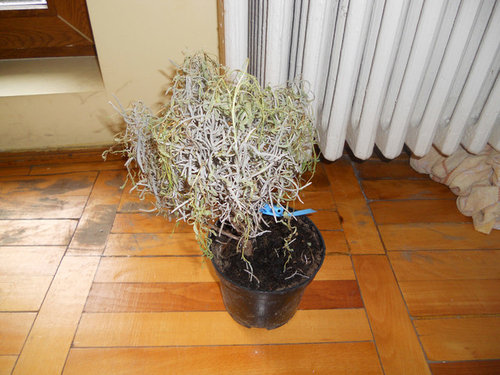

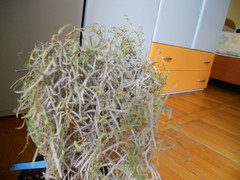
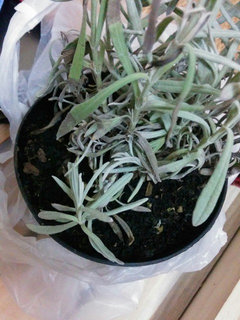
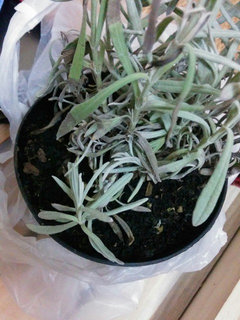


Laurie (8A)